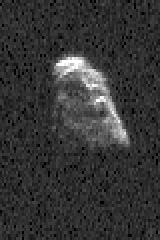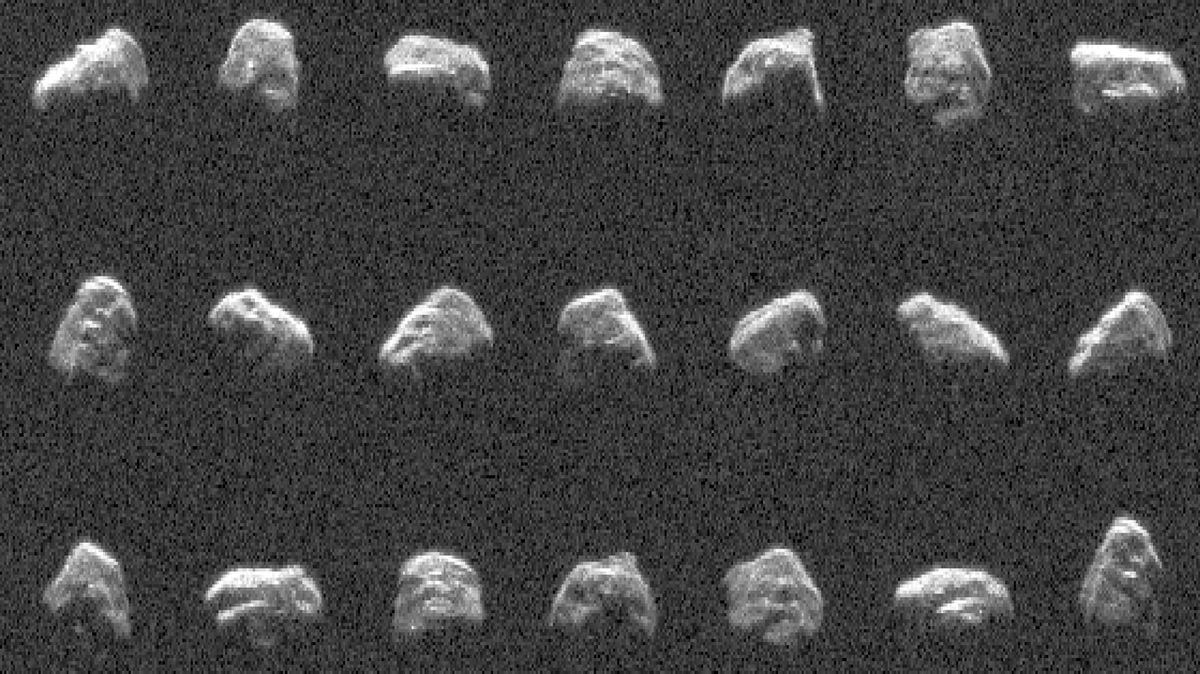
Two asteroids, 2011 UL21 and 2024 MK, recently made close approaches to Earth. NASA's Jet Propulsion Laboratory (JPL) in Southern California used radar systems to track their trajectories and gather valuable data.
First detected by the Catalina Sky Survey on June 16, asteroid 2011 UL21 made its closest approach to Earth on June 27. Measuring approximately a mile wide (1.6 kilometers), this asteroid was classified as potentially hazardous due to its size.
NASA scientists determined that asteroid 2011 UL21's shape is roughly spherical and it is accompanied by its own moon. The Goldstone Solar System Radar, part of NASA's Deep Space Network, recorded this asteroid as it flew by Earth.
The second asteroid, 2024 MK, was discovered on June 16 by the Asteroid Terrestrial-impact Last Alert System (ATLAS). It made its closest approach to Earth on June 29 at a distance of only about three-quarters of the distance between the Moon and Earth.
Asteroid 2024 MK is approximately 500 feet (150 meters) wide and appears to be elongated and angular. NASA transmitted radio waves to asteroid 2024 MK using its 114-foot (34-meter) DSS-13 antenna, producing a detailed image of its surface.
Both asteroids posed no immediate threat to Earth, but these observations provide valuable practice for planetary defense and insights into their sizes, orbits, rotation, surface details, and composition.




